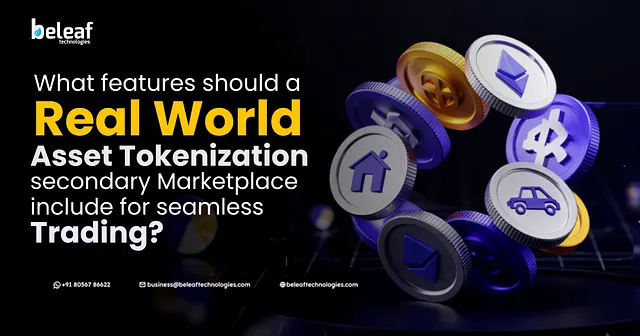IOTA Research Highlights Blockchain’s Role in Circular Economy at Product End-of-Life
- IOTA’s research highlights blockchain’s strong roles in enabling the circular economy solutions, especially at the critical End-of-Life stage of products.
- Thus, the market trends and staking dynamics suggest IOTA may be undervalued, with price growth potential tied to regulatory shifts and enterprise adoption.
According to aresearch paper published, new IFAC-PapersOnLine paper by the IOTA Foundation and University College Dublin, blockchain can help close material loops at a product’s End-of-Life (EoL) by improving traceability and certifying which parts should be reused, refurbished, remanufactured, or recycled.
In addition, a newly published paper in IFAC PapersOnLine (an Elsevier journal) has thrust IOTA back into the spotlight, demonstrating how distributed ledger technology (DLT) like IOTA’s Tangle can transform waste into value, ensuring transparency, accountability, and efficiency in remanufacturing, refurbishing, and de-manufacturing processes. As the authors stated:
In addition, the study that was co-authored by IOTA researchers Masood Ahmad, Pezhman Ghadimi, Vincent Hargaden, and Nikolaos Papakostas from University College Dublin, dives deeper into the challenges of product EoL management.
But, in contrast, the traditional linear economies conservatively often treat products as disposable once their initial use cycle ends, leading to massive resource waste and environmental degradation. A circular economy, on the other hand, emphasizes closing the loop through reuse, recycling, and regeneration.
Market Implications for IOTA’s Price
Previously, Crypto News Flash (CNF) reported that IOTA expanded its TWIN Initiative with a focus on customs, taxes, and trade digitization. As IOTA establishes its niche in real-world utility, far beyond speculative DeFi, the token (MIOTA) stands to benefit from sustained demand.
According to some market data watchers, IOTA might see a 15–25% price boost in the next few months, especially if new European rules on digital product passports (DPP) move forward quickly. In the past, similar sustainability-focused events have helped push IOTA’s value higher.
Also, with prices now sitting around $0.15–$0.20, many view it as an undervalued project with real long-term potential, especially as it links into the huge circular economy market worth trillions of dollars.
As of now, CoinMarketCap data shows that IOTA trading at around $0.1657 USD, up 2.29% over the past week, with a market cap of about $675 million. While these figures update in real time, they highlight that IOTA remains a mid-sized cryptocurrency with room to grow as enterprise pilots expand and on-chain activity increases. See IOTA price chart below.
You May Also Like

CME to launch Solana and XRP futures options on October 13, 2025

Bitcoin Hyper Presale Breaks $18M While Bitcoin Core v30 Upgrade Divides the Community
